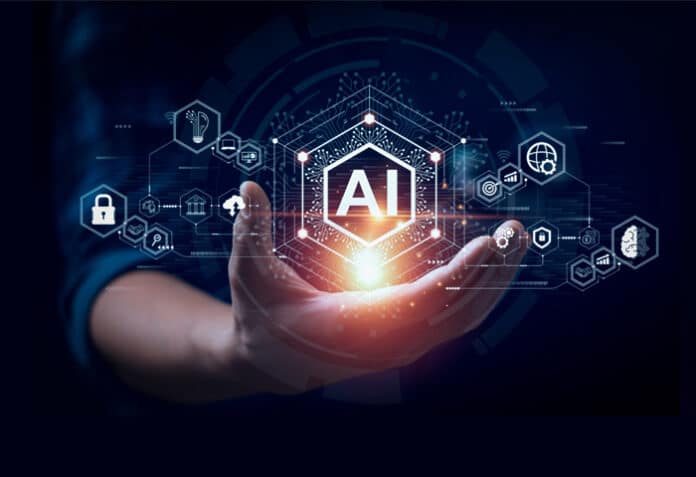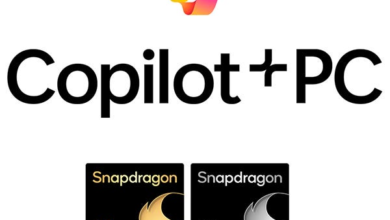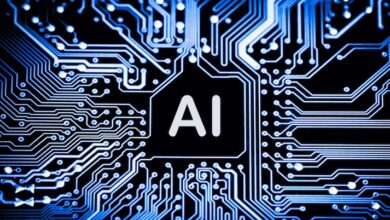The Transformative Impact of Generative AI on Organisations

Generative AI is impacting organisations for the better. End users, company employees, developers and operations teams are all benefiting from it.
Generative artificial intelligence (GenAI or generative AI) programming has emerged as a transformative force, revolutionising various aspects of businesses and industries. By leveraging machine learning algorithms to create new content, generative AI has the potential to significantly enhance productivity, streamline operations, and unlock new opportunities for end users, internal users, developers, and technology operations within a company. This article delves into the impact of generative AI programming on these user groups, presents a table of use cases, and lists a few open source tools that can help harness the potential of generative AI programming.
End users
End users represent the external customers who interact with a company’s products or services. Generative AI can significantly enhance their experience through personalised content generation, predictive analytics, and improved customer support.
- Personalised content generation: Generative AI can create tailored content for end users based on their preferences, behaviour, and historical data, leading to increased engagement and satisfaction. Examples are personalised recommendations for products and entertainment.
- Predictive analytics: By analysing patterns and trends in user data, generative AI can anticipate end users’ needs, enabling companies to proactively address them and enhance customer satisfaction.
- Enhanced customer support: Generative AI can be employed to develop intelligent chatbots that provide instant, accurate, and personalised support to end users, improving their overall experience.
Internal users
Internal users are the employees who utilise a company’s tools and systems to perform their tasks. Generative AI can empower them by automating routine tasks, providing data-driven insights, and facilitating collaboration.
- Task automation: Generative AI can automate repetitive tasks, such as report generation and data entry, freeing up internal users’ time to focus on more strategic and creative tasks.
- Data-driven insights: By analysing large datasets, generative AI can provide internal users with valuable insights, enabling them to make informed decisions and drive business growth.
- Collaboration tools: Generative AI can create intelligent collaboration tools that facilitate communication and knowledge sharing among internal users, fostering a more connected and productive work environment.
Developers
Developers play a crucial role in creating, maintaining, and enhancing a company’s software applications. Generative AI can support developers by automating code generation, optimising software design, and enhancing testing processes. Ethical solutions have been a top priority for organisation leaders. Bias mitigation is a very important part of the everyday AI development journey.
- Code generation: Generative AI can automate the creation of code snippets or entire applications based on developers’ specifications, accelerating development cycles and improving productivity.
- Software design optimisation: By analysing existing codebases and design patterns, generative AI can provide developers with recommendations for optimising software architecture and improving overall performance.
- Enhanced testing: Generative AI can create intelligent testing tools that automatically generate test cases, identify bugs, and ensure the quality of software applications.
Technology operations
Technology operations teams are responsible for managing and maintaining a company’s IT infrastructure. Generative AI can assist these teams by automating infrastructure management, predicting system failures, and optimising resource allocation.
- Infrastructure management automation: Generative AI can automate routine infrastructure management tasks, such as server provisioning and network configuration, enabling technology operations teams to focus on more strategic initiatives.
- Predictive maintenance: By analysing system logs and performance metrics, generative AI can predict potential system failures and alert technology operations teams to proactively address them.
- Resource allocation optimisation: Generative AI can analyse patterns in resource usage and provide recommendations for optimising resource allocation, ensuring maximum efficiency and cost savings.
| Persona | Use case | Adoption needs | Open source tools |
| End user | Personalised content generation | Integration with existing systems, user data analysis | TextGenRNN, GPT-2 |
| End user | Predictive analytics | Data mining, pattern recognition, predictive modelling | Prophet |
| End user | Enhanced customer support | Chatbot development, natural language processing | Rasa, Botpress |
| Internal user | Task automation | Workflow analysis, automation tools integration | Automatica, TagUI |
| Internal user | Data-driven insights | Data analytics, visualisation tools, business intelligence | Pandas, NumPy, Matplotlib |
| Internal user | Collaboration tools | Integration with communication platforms, AI-driven features | Mattermost, Rocket.Chat |
| Developer | Code generation | AI-powered code generation tools, integration with IDEs | Codota, Kite |
| Developer | Software design optimisation | Code analysis, design pattern recognition, optimisation tools | SonarQube, CodeClimate |
| Developer | Enhanced testing | AI-driven testing tools, test case generation, bug detection | Diffblue, EvoSuite |
| Operations | Infrastructure management automation | Automation tools, integration with IT infrastructure | Ansible, Terraform |
| Operations | Predictive maintenance | System log analysis, performance monitoring, predictive modelling | Graylog, Prometheus |
| Operations | Resource allocation optimisation | Resource usage analysis, optimisation algorithms | Kubernetes, Apache Mesos |
Table 1: Mapping adoption needs of use cases to open source tools
Innovation in open source leading to GenAI adoption
In the realm of generative AI programming, open source tools have made it possible for end users, internal users, developers, and technology operations teams to access cutting-edge technologies and innovate faster than ever before. This collection of open source tools, ranging from AI-powered code completion and automated testing to centralised log management and container orchestration, provides a comprehensive suite of resources that cater to diverse user personas and use cases, enabling organisations to harness the full potential of generative AI and streamline their operations. Let’s look at some of the open source tools making waves in the developer community.
- TextGenRNN is a Python library for generating text using recurrent neural networks (RNNs). It can be used for creating personalised content based on user preferences and historical data.
- Prophet is a forecasting library developed by Facebook. It can be used for predictive analytics by analysing patterns and trends in user data.
- Rasa is a chatbot framework that enables developers to build intelligent and customisable conversational AI applications for enhanced customer support.
- Botpress is a chatbot platform that allows developers to create and deploy custom chatbots for various use cases, including customer support.
- Automatica is a robotic process automation (RPA) tool that helps automate repetitive tasks, freeing up time for internal users to focus on more strategic and creative tasks.
- TagUI is a RPA tool that simplifies task automation by allowing users to create automation scripts using a visual interface.
- Pandas is a data analysis library for Python that provides data structures and functions for manipulating and analysing structured data.
- NumPy is a Python library for scientific computing, providing support for large, multi-dimensional arrays and matrices, along with a collection of mathematical functions.
- Matplotlib is a plotting library for Python that can be used for creating static, animated, and interactive visualisations in various formats.
- Mattermost is a collaboration platform that enables team communication and knowledge sharing, with features similar to Slack.
- Rocket.Chat is a communication platform that offers team collaboration features, including real-time messaging, video conferencing, and file sharing.
- Codota is an AI-powered code completion tool that helps developers write code faster and more accurately by suggesting code snippets based on context.
- Kite is an AI-powered code completion tool that provides real-time code suggestions and documentation, helping developers write code more efficiently.
- Diffblue Cover is an AI-powered unit test generation tool that helps developers create comprehensive and maintainable test suites for their applications.
These are just some of the open source tools that cater to various use cases, offering powerful solutions for generative AI programming, task automation, data analysis, collaboration, and system management. By leveraging these tools, users can enhance productivity, streamline operations, and unlock new possibilities across their organisations.
As AI technologies continue to evolve, we can expect even more sophisticated applications and use cases to emerge. Open source generative AI tools offer a wealth of opportunities for all types of use cases to enhance productivity, streamline operations, and unlock new possibilities. In the future, generative AI may become an integral part of every aspect of a company, driving innovation, enhancing productivity, and unlocking new opportunities for growth. And the open source community will likely contribute to even more sophisticated applications and use cases. By adopting and mastering these tools, users can stay at the forefront of innovation and capitalise on the benefits of generative AI across various aspects of their organisations provided they invest in the right tools, skills, and strategies.




